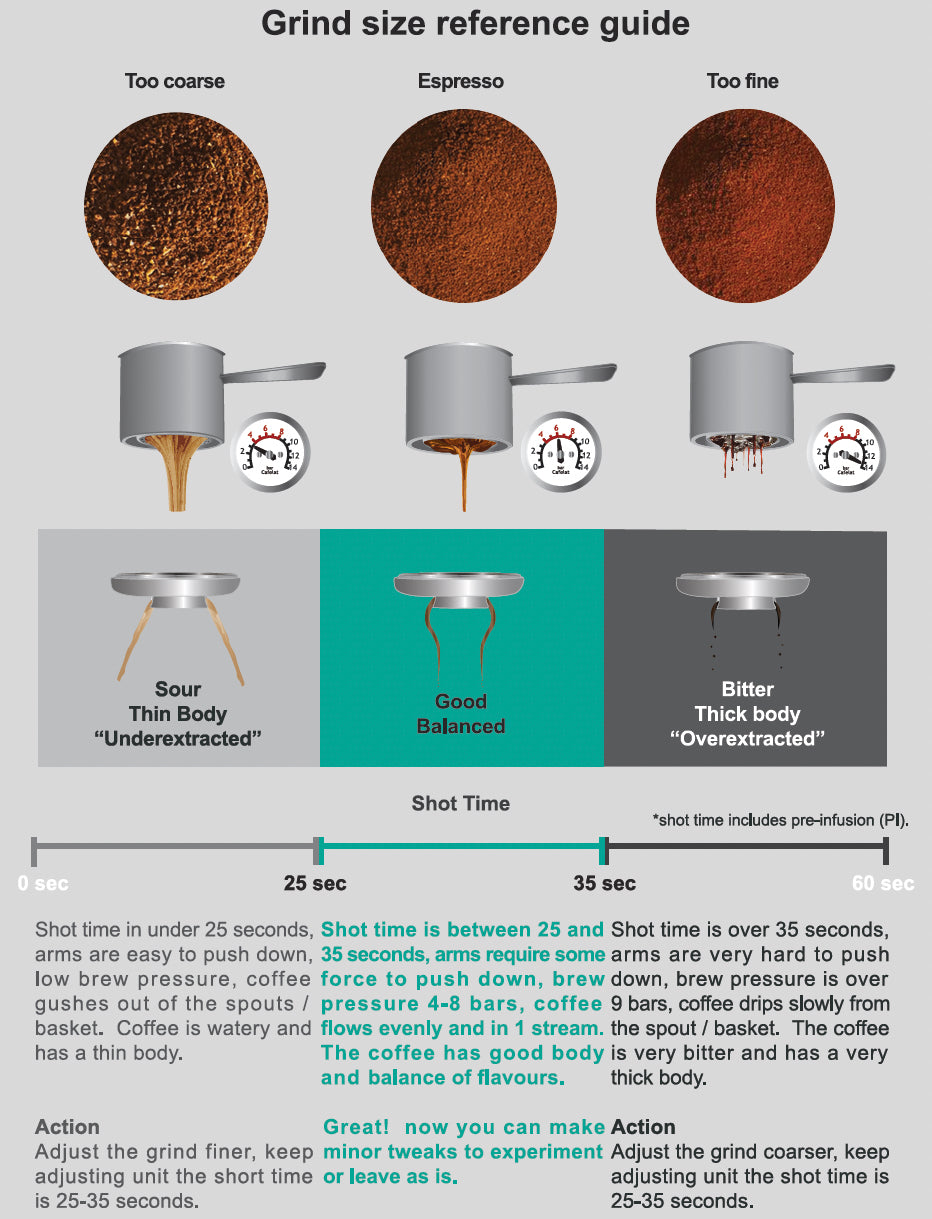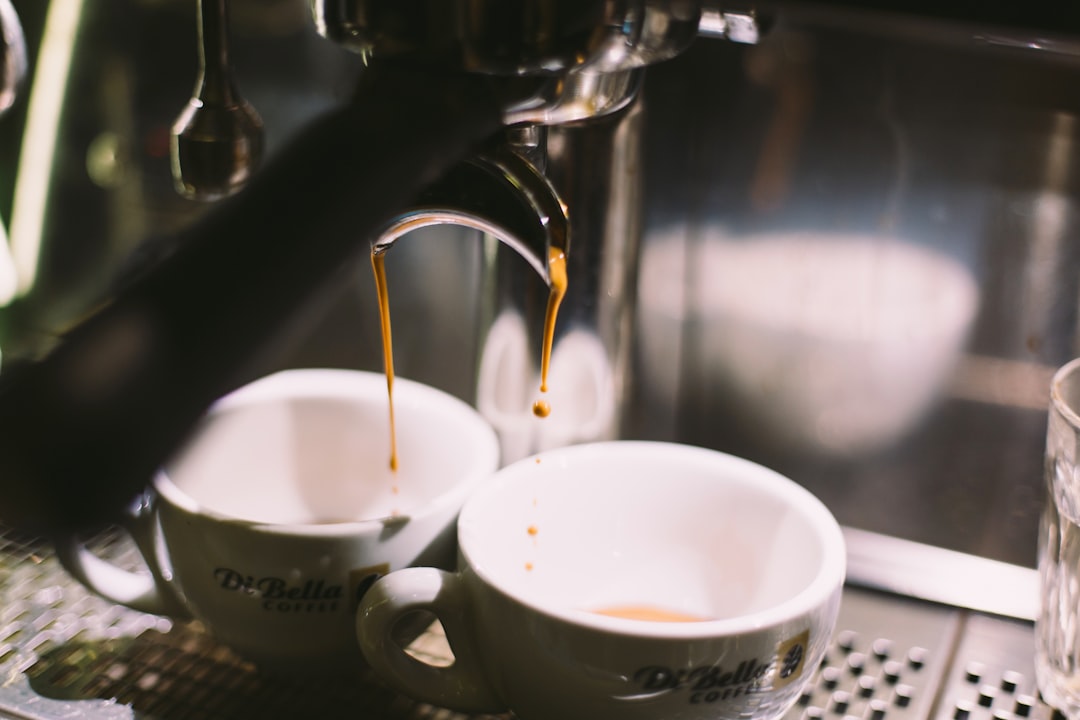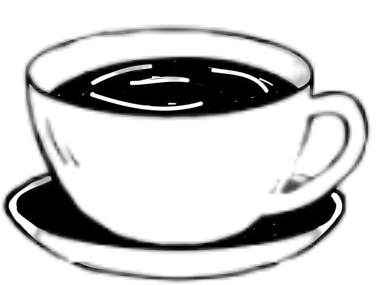Espresso extraction is the cornerstone of brewing the perfect cup of espresso. If you're like me, you've probably spent countless hours perfecting your technique, tweaking variables, and attempting to get that rich, creamy shot of espresso that seems so elusive. The key to perfecting your espresso lies in understanding how to time espresso extraction, as the duration of this process plays a pivotal role in determining the taste, body, and overall quality of your brew. Dive into the features and performance in our DeLonghi Magnifica Evo review
In this article, I’ll walk you through the steps and the science behind timing espresso extraction, why it matters, and how to improve your own espresso brewing technique. So, let's dive into the specifics of how to achieve the perfect espresso shot every time.

What Is Espresso Extraction?
Before we talk about how to time espresso extraction, let's first understand what espresso extraction means. In the simplest terms, espresso extraction is the process of forcing hot water through finely-ground coffee beans to extract the flavors and oils that make up the rich, concentrated shot of espresso. Learn why this classic model stands out in our DeLonghi Magnifica S review
When you're brewing espresso, hot water, typically around 90-96°C (194-205°F), is pushed through the coffee grounds under high pressure (usually around 9 bars). The resulting liquid is a small yet potent amount of coffee, which has the right balance of flavor, body, and crema. The length of time it takes for the water to move through the coffee grounds directly impacts the taste and texture of your espresso. Discover the convenience and technology in our Philips LatteGo 5400 review
Now that we have a basic understanding of what espresso extraction is, we can move on to discussing how to time espresso extraction correctly. Explore the compact design and features in our Philips 3200 LatteGo review
Why Does Timing Espresso Extraction Matter?
Timing espresso extraction plays a crucial role in achieving the best possible shot of espresso. If you don’t time your extraction properly, you risk either under-extracting or over-extracting the coffee. Under-extraction happens when the water flows through the grounds too quickly, not allowing enough time for the full spectrum of flavors to be extracted. This can result in a weak, sour, or overly acidic shot.
On the other hand, over-extraction occurs when the water lingers on the grounds for too long, extracting too many bitter compounds and oils. This often leads to a dry, harsh, and unpleasant taste. The ideal extraction time generally falls within a certain window, and understanding how to time espresso extraction is key to achieving the perfect shot. Get all the details on versatility and functionality in our Philips 4300 LatteGo review
How Long Should You Time Espresso Extraction?
So, how long should you time your espresso extraction? The general guideline is that a typical espresso shot should take between 25 and 30 seconds to extract. However, this is just a starting point, as the ideal extraction time can vary depending on several factors, such as the type of coffee beans, the grind size, and the machine you're using.
Espresso extraction time can be adjusted based on the characteristics of the coffee you're brewing and the desired flavor profile. For instance, some beans may require a slightly shorter or longer extraction time to achieve the ideal balance of sweetness, acidity, and bitterness. As you experiment with different beans and techniques, you will get a better sense of the ideal timing for your specific espresso.
Factors Affecting Espresso Extraction Time
There are several factors that can affect how long your espresso extraction takes. These factors include:
1. Grind Size: The grind size of your coffee is one of the most critical factors in determining extraction time. Finer grounds will slow down the flow of water, leading to a longer extraction time. Conversely, coarser grounds will allow water to pass through more quickly, resulting in a shorter extraction.
2. Tamping Pressure: The way you tamp (or compress) the coffee grounds in the portafilter will also affect the extraction time. Tamping too lightly can lead to uneven extraction, while tamping too firmly can slow down the flow of water and result in over-extraction.
3. Dose: The amount of coffee you use in your portafilter (known as the dose) also influences the extraction time. A higher dose of coffee can cause a slower extraction, while a lower dose can result in a quicker extraction.
4. Water Temperature: The temperature of the water you use to extract the coffee can also affect the extraction time. If the water is too hot, the extraction may be faster, while cooler water may slow it down.
5. Machine Pressure: The pressure at which your espresso machine operates will impact the extraction process. Machines with higher pressure may result in faster extractions, while lower pressure can lead to longer extractions.

How to Time Espresso Extraction: Step-by-Step Guide
Now that we’ve established why timing espresso extraction is important, let’s walk through the steps of how to time your espresso extraction effectively. Follow this guide, and you’ll be able to pull consistent, delicious shots every time.
Step 1: Prepare Your Equipment
Before you start, ensure that your espresso machine is properly set up and heated. A fully heated machine ensures consistent water temperature throughout the extraction. Make sure your grinder is calibrated correctly and that the portafilter is clean.
Step 2: Measure the Dose
Weigh out the amount of coffee you’ll be using for your shot. Most espresso recipes call for around 18 to 20 grams of coffee for a double shot, but this can vary based on personal preference. The key here is consistency—always use the same dose for each shot to ensure that your extraction time remains stable.
Step 3: Grind the Coffee
Grind your coffee to a fine consistency, similar to table salt. The grind size is critical for timing espresso extraction—if the grind is too coarse, the water will flow through too quickly; if it’s too fine, the water may struggle to pass through, causing a longer extraction time.
Step 4: Tamp the Coffee
Tamp the coffee grounds evenly and firmly into the portafilter. Aim for around 30 pounds of pressure to create a smooth, level surface. An even tamp ensures that the water flows evenly through the coffee grounds, leading to a more consistent extraction.
Step 5: Start the Extraction
Lock the portafilter into the espresso machine and start the extraction. As soon as the water begins flowing, start timing. The goal is for the espresso shot to take between 25 and 30 seconds to extract. However, this may vary slightly depending on the factors we discussed earlier, so don’t be afraid to experiment to find what works best for your setup.
Step 6: Monitor the Shot
Watch the shot as it extracts. You should see the coffee begin to flow slowly and evenly. Initially, the shot will look watery, but after a few seconds, it will start to darken and develop the rich crema on top.
Step 7: Evaluate the Shot
Once the shot reaches the desired extraction time (between 25 and 30 seconds), stop the extraction and evaluate the shot. The espresso should have a rich, smooth body, with a balanced flavor profile. If it tastes under-extracted (sour or weak), you may need to grind finer or tamp more firmly. If it tastes over-extracted (bitter or harsh), you may need to grind coarser or adjust the tamp pressure.
Tips for Perfecting Your Espresso Extraction Time
Achieving the perfect extraction time may take some practice, but with a little trial and error, you’ll be able to dial in your shot perfectly. Here are a few additional tips to keep in mind:
- Use a Timer: Invest in a good quality timer that can help you track your extraction time precisely. Many espresso machines have built-in timers, but a separate stopwatch or timer can help you keep track of your shots more accurately.
- Consistency Is Key: Once you’ve found your optimal extraction time, try to replicate it consistently. Small adjustments in grind size, tamping pressure, and water temperature can all affect the extraction time, so keeping these factors consistent will help you achieve uniform results.
- Experiment with Different Beans: Different types of coffee beans will have different optimal extraction times. Experiment with various beans to see how the timing impacts the flavor and texture of your shots. You may need to adjust the grind size or other factors depending on the beans you're using.
- Don't Rush: Take your time to dial in your espresso shot. Rushing through the process can lead to inconsistent results. Be patient, and enjoy the journey of perfecting your espresso extraction technique.
Conclusion: Mastering the Art of Timing Espresso Extraction
Mastering the art of how to time espresso extraction is one of the most rewarding aspects of espresso brewing. By understanding the factors that influence extraction time and applying this knowledge to your brewing process, you can consistently create delicious, well-balanced espresso shots. With practice, you'll be able to fine-tune every variable to create the perfect espresso that suits your taste preferences.
Timing espresso extraction isn’t just about precision; it’s about developing a deep understanding of the process and experimenting with different variables until you achieve the best possible shot. So, the next time you pull a shot, remember: the perfect espresso is within reach, and it's all about timing.
Frequently Asked Questions (FAQ)
Q: How long should an espresso extraction take?
A: A typical espresso extraction should take between 25 and 30 seconds. This is the optimal window for achieving a balanced shot with the right flavor, body, and crema.
Q: What happens if the espresso extraction time is too short?
A: If the extraction time is too short, the coffee will be under-extracted. This means you may get a sour, weak, or overly acidic shot due to insufficient flavor being pulled from the coffee grounds.
Q: What happens if the espresso extraction time is too long?
A: If the extraction time is too long, the coffee will be over-extracted. This can lead to a bitter, harsh, and dry taste as too many undesirable compounds are extracted from the coffee grounds.
Q: What factors influence espresso extraction time?
A: Several factors can affect the extraction time, including grind size, tamping pressure, dose (amount of coffee used), water temperature, and the pressure of the espresso machine. All these elements need to be consistent for optimal extraction.
Q: Can I adjust extraction time based on the type of coffee?
A: Yes, the extraction time may need to be adjusted depending on the type of coffee beans you are using. Some beans may require a slightly shorter or longer extraction to bring out their best flavors. Experimenting with different beans will help you find the optimal extraction time for each.
Q: How do I know if my espresso shot is under-extracted?
A: If your espresso shot is under-extracted, it will taste sour, watery, or overly acidic. The shot may also be lighter in color and have a thinner crema. If this happens, try grinding the coffee finer or adjusting the tamping pressure.
Q: How do I know if my espresso shot is over-extracted?
A: Over-extracted espresso will have a bitter, dry, and harsh flavor. The shot may be darker in color and may lack the creamy texture of a well-balanced shot. To fix this, try coarser grind settings or reduce the tamping pressure.
Q: What is the ideal grind size for espresso?
A: The ideal grind size for espresso is fine, similar to table salt. A fine grind allows the water to interact with the coffee grounds properly, ensuring proper extraction and flavor balance.
Q: Why is consistency important when timing espresso extraction?
A: Consistency is key because small changes in grind size, tamping pressure, and other variables can significantly impact extraction time and shot quality. By being consistent, you can replicate good results every time and fine-tune the process as needed.
Q: Can I use a timer to measure espresso extraction?
A: Yes, using a timer is highly recommended to measure extraction time precisely. Many espresso machines come with built-in timers, but a separate timer can help you track your shot timing more accurately and make adjustments as needed.
